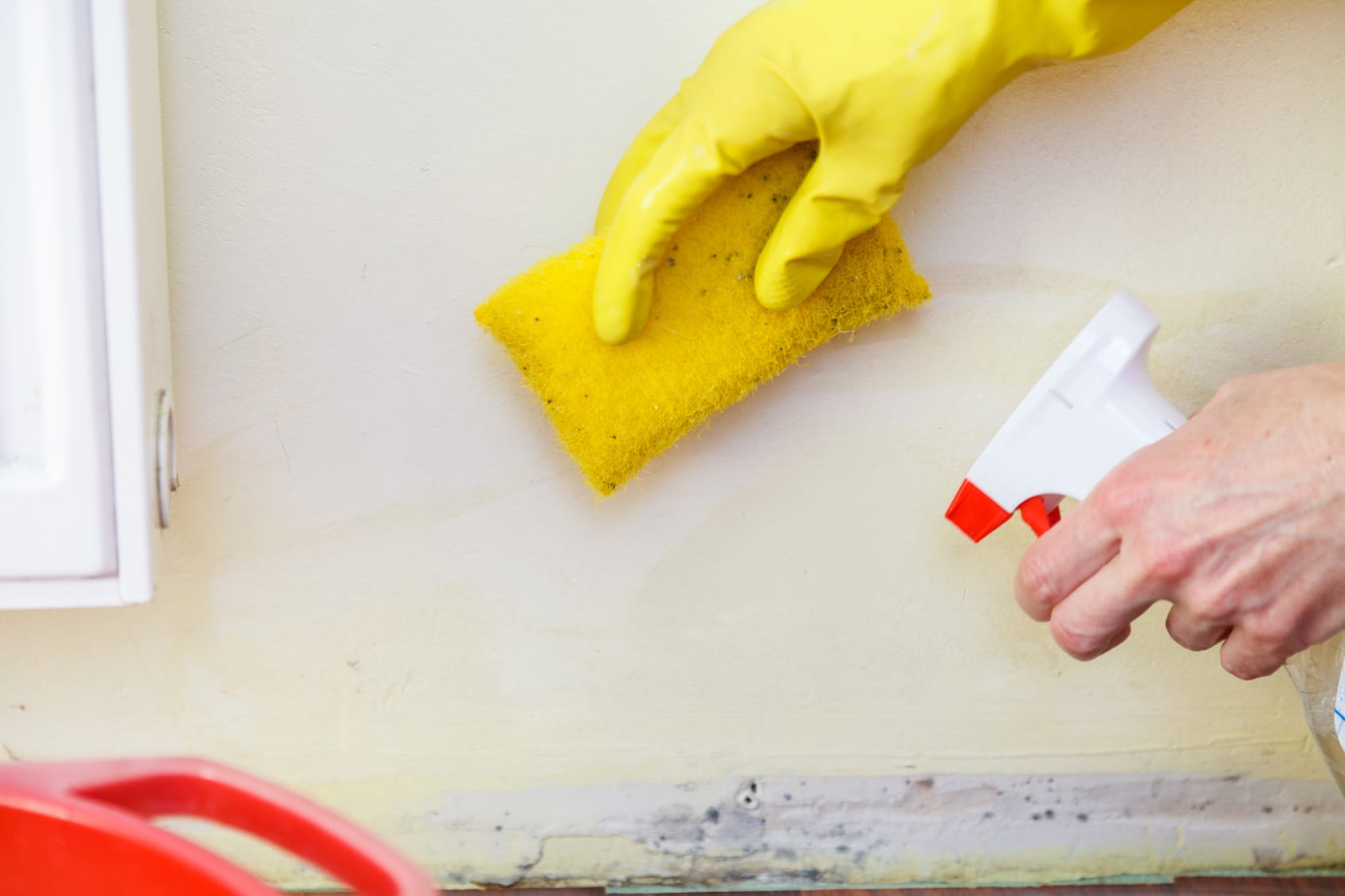After Mold Remediation Methods for Clean Areas
After Mold Remediation Methods for Clean Areas
Blog Article
Your Ultimate Guide to Post Mold And Mildew Remediation Methods
Browsing the world of post-mold removal techniques is a precise process that requires focus to information and a thorough understanding of the intricacies entailed. In the consequences of mold problem, recognizing how to efficiently remove the mold and prevent its reoccurrence is vital for maintaining a healthy interior environment. From picking the ideal cleaning and sanitizing techniques to carrying out methods for lasting mold and mildew prevention, each step in the remediation trip plays an essential duty in making sure an effective outcome. As we begin on this exploration of post-mold removal strategies, we will certainly uncover the key strategies and ideal methods that can help you restore your room to its pre-mold problem and guard it against future mold and mildew threats.
Comprehending Post-Mold Remediation Process
After finishing the mold removal procedure, it is important to recognize the post-mold remediation techniques that are needed to make certain a reliable and complete clean-up. As soon as the mold and mildew has actually been gotten rid of, the following action involves cleansing and disinfecting the impacted areas to protect against any kind of regrowth of mold.
Furthermore, conducting a final inspection post-remediation is important to guarantee that all mold has actually been effectively eliminated. This assessment needs to entail a thorough visual check in addition to potentially air sampling to confirm the absence of mold and mildew spores in the air. Extra remediation might be needed if the assessment exposes any kind of sticking around mold and mildew. Informing occupants on preventative steps such as regulating wetness degrees and without delay resolving any type of water leaks can help maintain a mold-free setting.
Efficient Cleaning Up and Sanitizing Techniques

Stopping Future Mold Development

Value of Proper Air Flow
Proper air flow plays an important role in avoiding wetness buildup, a index key consider mold development within interior settings. Effective ventilation systems assist get rid of excess moisture from the air, decreasing the possibilities of mold spores locating the dampness they need to germinate and spread out. Without sufficient ventilation, interior rooms can become a breeding place for mold, bring about prospective health and wellness dangers and web link architectural damages.
By guaranteeing proper air blood circulation, ventilation systems can also help in drying out moist areas a lot more rapidly after water damage or flooding occurrences, better preventing mold and mildew development. what to do after mold remediation. In spaces like restrooms, cellars, attics, and cooking areas where moisture levels tend to be higher, installing and keeping efficient air flow systems is critical in preventing mold invasions

Surveillance and Upkeep Tips
Provided the essential duty that appropriate air flow plays in preventing mold growth, it is critical to establish effective tracking and maintenance ideas to make sure the continued performance of ventilation systems. Regular inspections of ventilation systems ought to be performed to look for any kind of indications of clogs, leakages, or breakdowns that could hamper appropriate air flow. Tracking humidity levels within the property is additionally crucial, as high moisture can contribute to mold and mildew development. Mounting a hygrometer can help track humidity degrees and sharp property owners to any kind of spikes that may call for focus. In addition, making certain that air filters are routinely cleansed or changed is crucial for preserving the performance of the ventilation system. Implementing a routine for regular upkeep jobs, such as duct cleansing and cooling and heating system examinations, can assist prevent Learn More Here problems before they intensify. By staying positive and mindful to the problem of ventilation systems, homeowner can successfully alleviate the threat of mold regrowth and keep a healthy indoor atmosphere.
Verdict
To conclude, post-mold remediation techniques are essential for guaranteeing a risk-free and clean atmosphere. Understanding the process, implementing effective cleansing and disinfecting techniques, protecting against future mold development, maintaining correct ventilation, and regular tracking are all vital action in the remediation procedure. By complying with these guidelines, you can efficiently eliminate mold and prevent its return, working or promoting a healthy and balanced living room for all occupants.
In the results of mold problem, recognizing exactly how to effectively eliminate the mold and avoid its reoccurrence is vital for keeping a healthy interior atmosphere. Once the mold and mildew has been eliminated, the next step entails cleansing and decontaminating the impacted areas to protect against any kind of regrowth of mold and mildew - Post Mold Remediation Report. After getting rid of visible mold growth, it is important to clean all surface areas in the damaged location to remove any kind of staying mold spores. To additionally improve mold avoidance procedures, it is important to attend to underlying concerns that at first led to mold advancement.Offered the important role that appropriate ventilation plays in preventing mold growth, it is critical to establish effective monitoring and maintenance tips to guarantee the ongoing capability of ventilation systems
Report this page